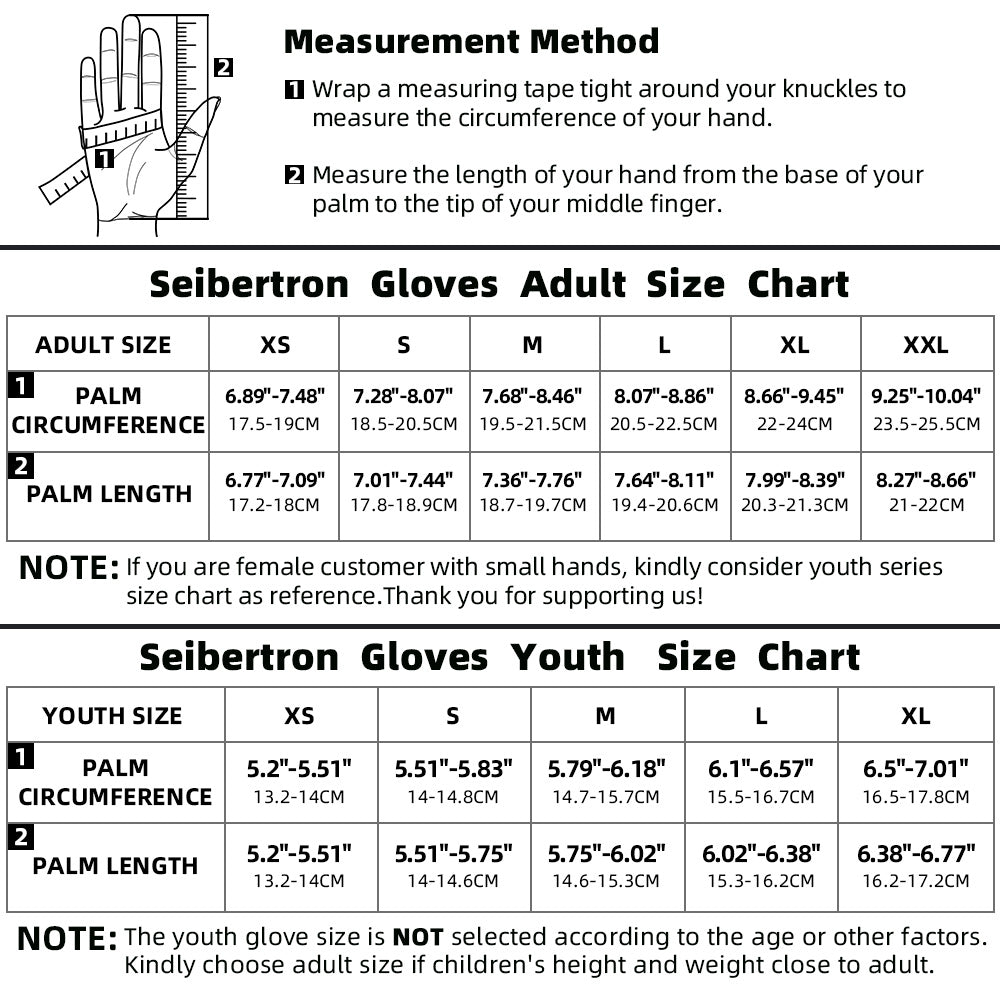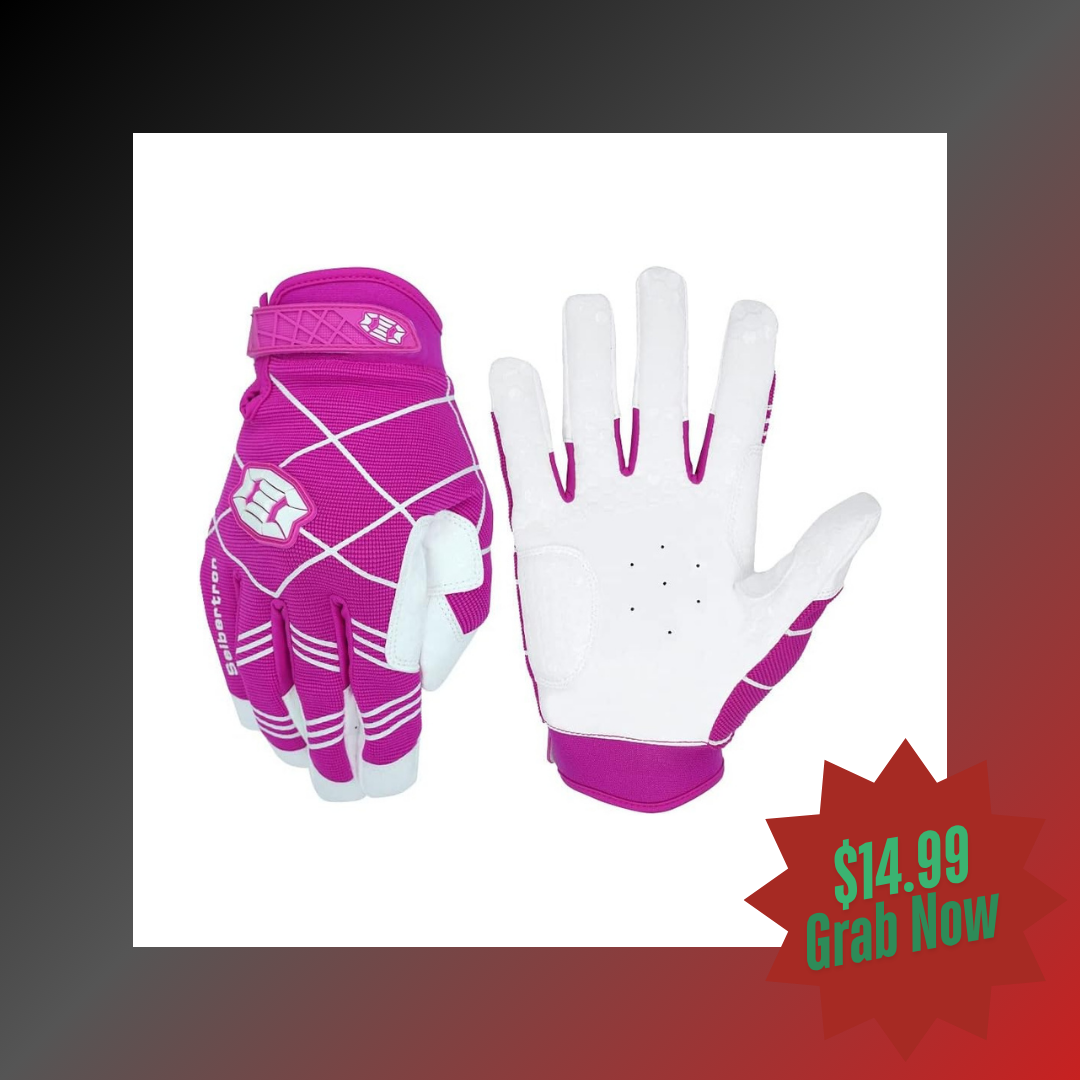How Cold Is Too Cold to Play Baseball? The Ultimate Guide
Understanding Temperature Limits, Safety Concerns, and Essential Cold Weather Gear
As winter transitions to spring and fall gives way to winter, baseball players at all levels face a critical question: how cold is too cold to play baseball? This comprehensive guide examines the science of cold weather baseball, safety thresholds, performance impacts, and how specialized equipment like cold weather batting gloves and pro baseball gloves can extend your playing season safely. Whether you're a Little League parent, high school coach, college prospect, or recreational player, understanding these limits is essential for both performance and safety.
Understanding Baseball Temperature Thresholds
Baseball is traditionally a warm-weather sport, but competitive schedules often require playing in less-than-ideal conditions. The question of how cold is too cold doesn't have a single answer, as multiple factors come into play:
| Temperature Range | Player Impact | Game Impact | Recommendation |
|---|---|---|---|
| 60°F (15.5°C) and above | Optimal muscle function, normal grip strength | Normal gameplay, standard equipment | Ideal playing conditions |
| 45-59°F (7.2-15.5°C) | Muscles require longer warm-up, slight grip reduction | Increased errors, lower batting averages | Cold weather gear recommended |
| 32-44°F (0-7.2°C) | Significant muscle stiffness, reduced grip strength | Higher injury risk, altered ball physics | Specialized equipment essential |
| Below 32°F (0°C) | Dangerous muscle tightness, numbness, frostbite risk | Unsafe conditions, equipment failure risk | Postponement recommended |
Physiological Impact on Players
Cold temperatures affect baseball players in several critical ways. As mercury drops below 50°F (10°C), muscles lose elasticity and require longer warm-up periods. Blood flow to extremities decreases, reducing finger dexterity crucial for pitching, catching, and batting. This is where specialized equipment like Seibertron baseball gloves becomes invaluable, providing enhanced grip when natural hand function diminishes.
Below 40°F (4.4°C), the risk of muscle strains and ligament injuries increases exponentially. Cold muscles are less pliable and more prone to tears, especially during explosive movements like swinging a bat or sprinting bases. Respiratory discomfort also becomes noticeable, with cold air causing bronchial constriction in some athletes.
Essential Cold Weather Baseball Gear
Proper equipment selection can make baseball possible in conditions that might otherwise be prohibitive. The right gear protects against the elements while maintaining performance capabilities.
The Critical Role of Batting Gloves
Batting gloves transform from optional accessories to essential protective equipment in cold weather. High-performance options like Seibertron baseball gloves provide multiple advantages:
- Thermal Regulation: Maintains hand temperature through specialized materials
- Enhanced Grip: Superior tackiness compensates for natural sweat reduction
- Impact Protection: Padding absorbs sting from mishit balls
- Moisture Management: Wicks sweat while blocking external moisture
While standard bb gloves work in moderate temperatures, dedicated cold weather models make a dramatic difference when temperatures drop.
Top Cold Weather Batting Gloves Comparison
Seibertron B.A.R Pro 2.0 Signature
Specifically engineered for cold conditions, these batting gloves feature:
- Therma-Flex insulation for warmth without bulk
- Micro-perforated palms for breathability
- Advanced grip technology maintains tackiness down to 25°F
- Reinforced stitching in high-stress areas
Nike Alpha Elite Batting Gloves
Popular among competitive players, these pro baseball gloves offer:
- Dri-FIT technology for moisture management
- Reinforced palm padding
- Elastic wrist closure for secure fit
- Limited cold weather specialization
Franklin Baseball Batting Gloves
A long-standing favorite in baseball circles, Franklin baseball batting gloves provide:
- Classic design with updated materials
- Good value proposition
- Limited insulation for true cold weather
- Less advanced grip technology than premium options
Beyond Gloves: Comprehensive Cold Weather System
While batting gloves are crucial, other elements contribute to cold weather readiness:
- Thermal Base Layers: Moisture-wicking fabrics worn under uniforms
- Compression Gear: Improves blood flow to muscles
- Cold Weather Cleats: Specialized outsoles maintain flexibility
- Head and Neck Protection: Significant heat loss prevention
Special Considerations for Different Positions
Cold affects players differently based on position and responsibilities:
Pitchers: The Cold Weather Challenge
Pitchers face unique difficulties in cold weather. Reduced finger sensitivity directly impacts pitch control and spin rates. Studies show fastball velocity drops 1-2 mph for every 10°F below 60°F. Pitchers should:
- Use hand warmers between innings
- Apply specialized grip compounds
- Consider Spiderz hybrid batting gloves for bullpen sessions
- Extend warm-up routines by 40-50%
Batters: Maintaining Swing Mechanics
Cold weather dramatically affects hitters. Batting averages typically drop 15-25 points in temperatures below 50°F. The "sting" from mishit balls intensifies, causing subconscious hesitation. Quality batting gloves with enhanced padding reduce this effect. Many MLB baseball gloves incorporate vibration-dampening technology specifically for cold conditions.
FAQs: Seibertron Batting Gloves Care & Usage
How should I care for my Seibertron cold weather batting gloves?
Proper care extends glove lifespan significantly. After each use in cold conditions:
- Allow gloves to air dry naturally away from direct heat
- Gently brush off dirt with a soft brush
- Apply specialized leather conditioner monthly
- Store in a cool, dry place
Can I use regular batting gloves in cold weather?
Standard bb gloves lack the specialized materials needed for true cold weather play. They typically become stiff and lose grip efficiency below 45°F. Dedicated cold weather batting gloves like Seibertron's B.A.R Pro 2.0 maintain flexibility and tackiness through proprietary material science.
What makes Seibertron gloves different from other brands?
Seibertron specializes in climate-specific performance. Our baseball gloves feature TripleTack palm technology that actually improves grip in damp, cold conditions. The strategic insulation placement maintains dexterity while protecting against numbness. These technological advantages make them popular choices among college and pro baseball gloves users.
Do you offer special deals like Black Friday baseball gloves sales?
Yes! We typically offer our best prices of the year during our annual Black Friday baseball gloves promotion. Sign up for our newsletter to receive early access. Our premium softball gloves and baseball models are included in these limited-time offers.
How do I choose between baseball and softball gloves?
While similar, softball gloves often feature slightly modified wrist support and padding placement to accommodate larger ball diameters. Our sizing guide helps identify the perfect match for your sport.
Explore Seibertron Glove CollectionConclusion: Balancing Passion with Practicality
Determining how cold is too cold for baseball involves evaluating temperature, wind chill, precipitation, and player safety. While dedicated players can comfortably compete down to 40°F with proper gear like cold weather batting gloves, temperatures below freezing present unacceptable risks.
Investing in climate-specific equipment extends your viable playing season. Premium options like the Seibertron baseball gloves provide the technological advantages needed to maintain performance when temperatures drop. Whether you're considering Nike Alpha Elite batting gloves for their brand recognition or discovering why Seibertron's innovative approach has made them a favorite among competitive players, proper hand protection transforms the cold weather experience.
Remember that no game is worth risking permanent injury. When wind chills dip below 20°F (-6.7°C), or when field conditions become hazardous, postponement remains the wisest decision. For those borderline days though, the right batting gear makes all the difference between a productive outing and a miserable experience.





























